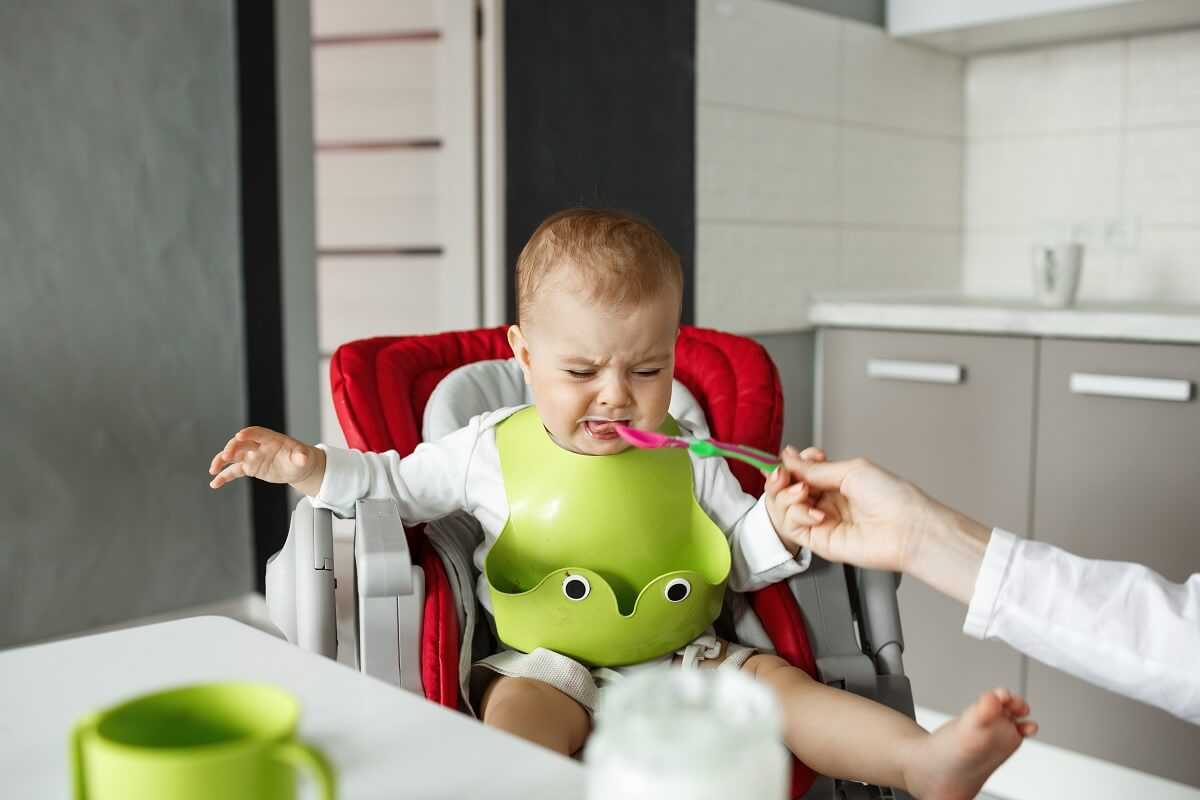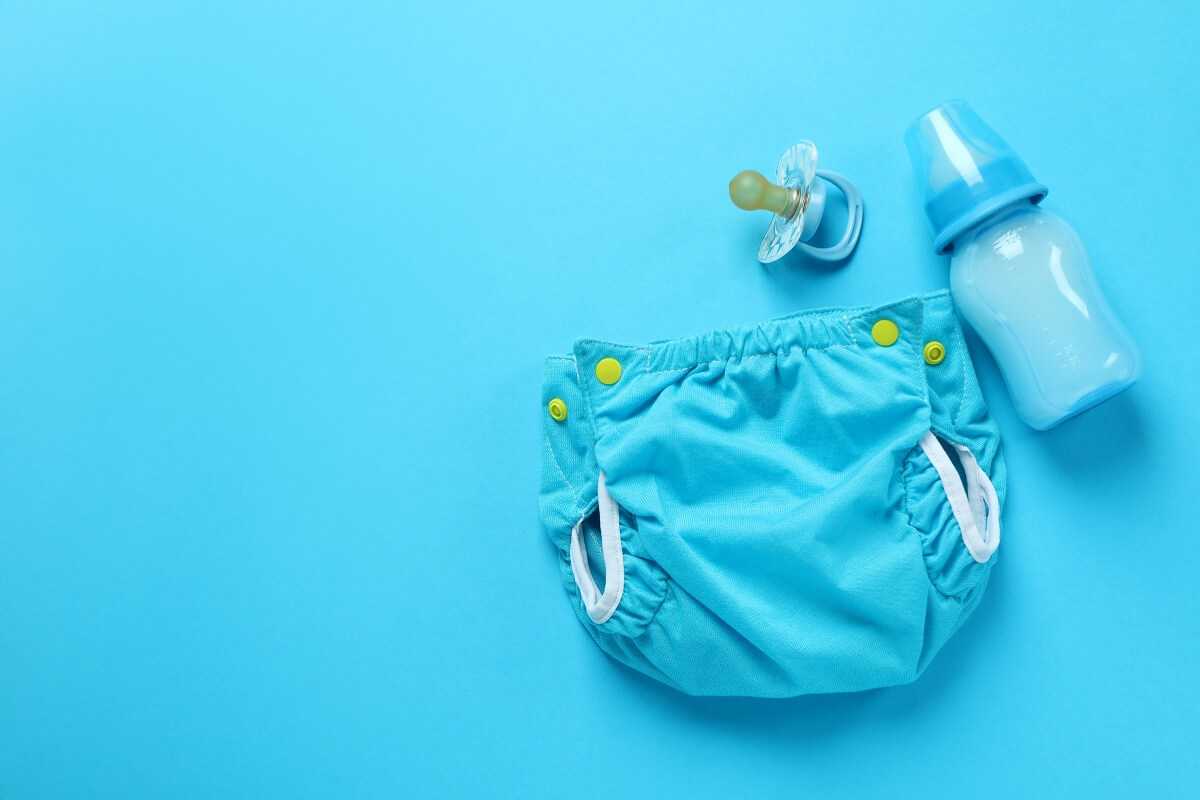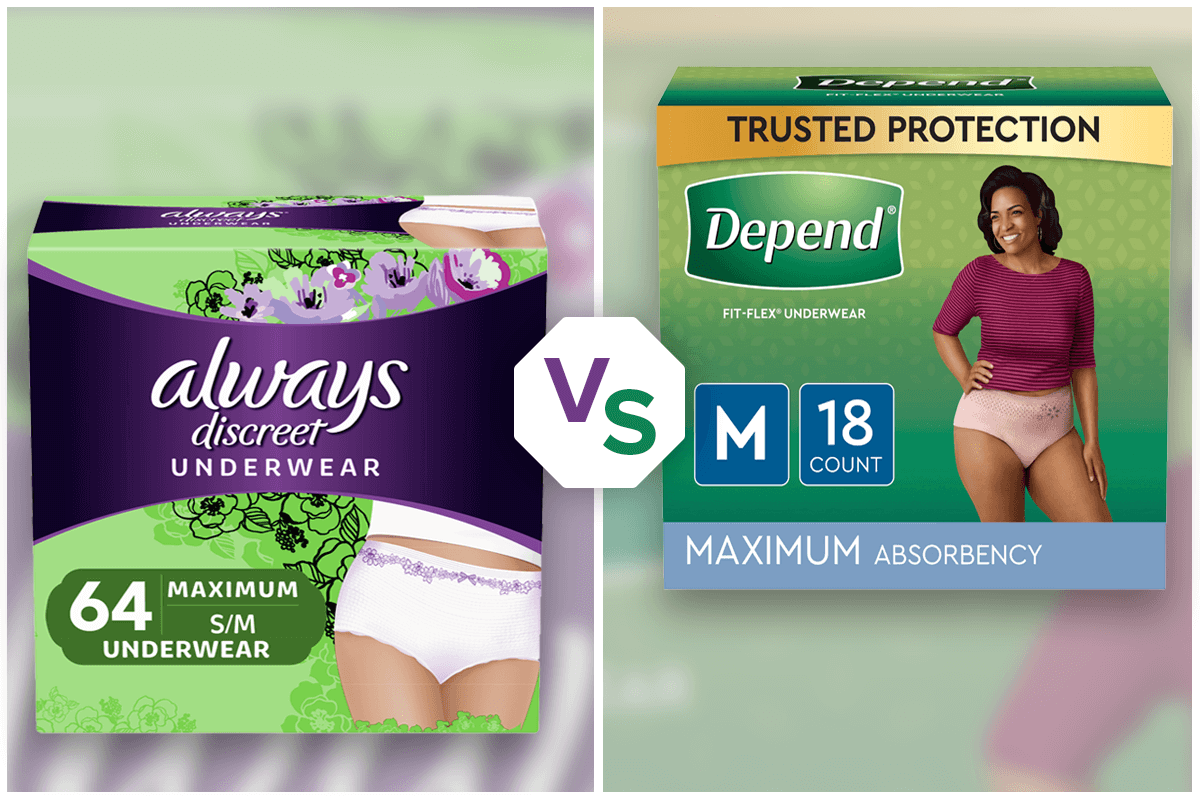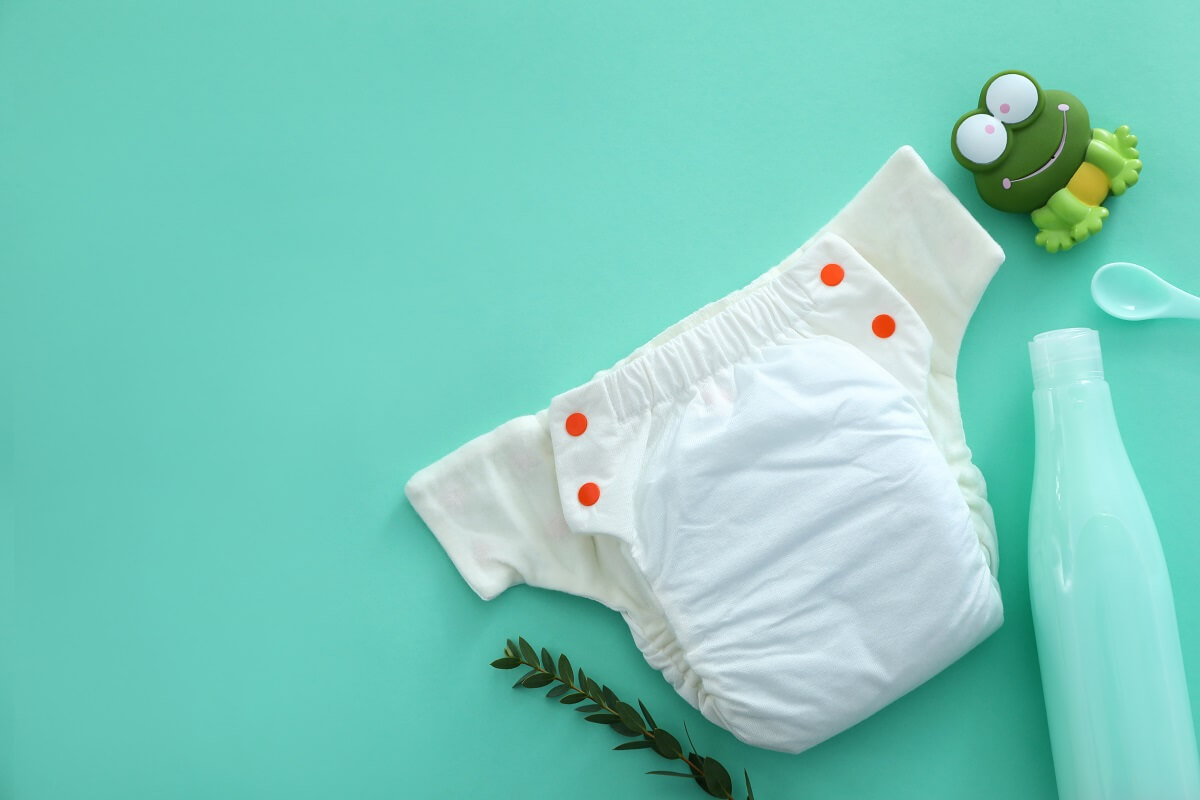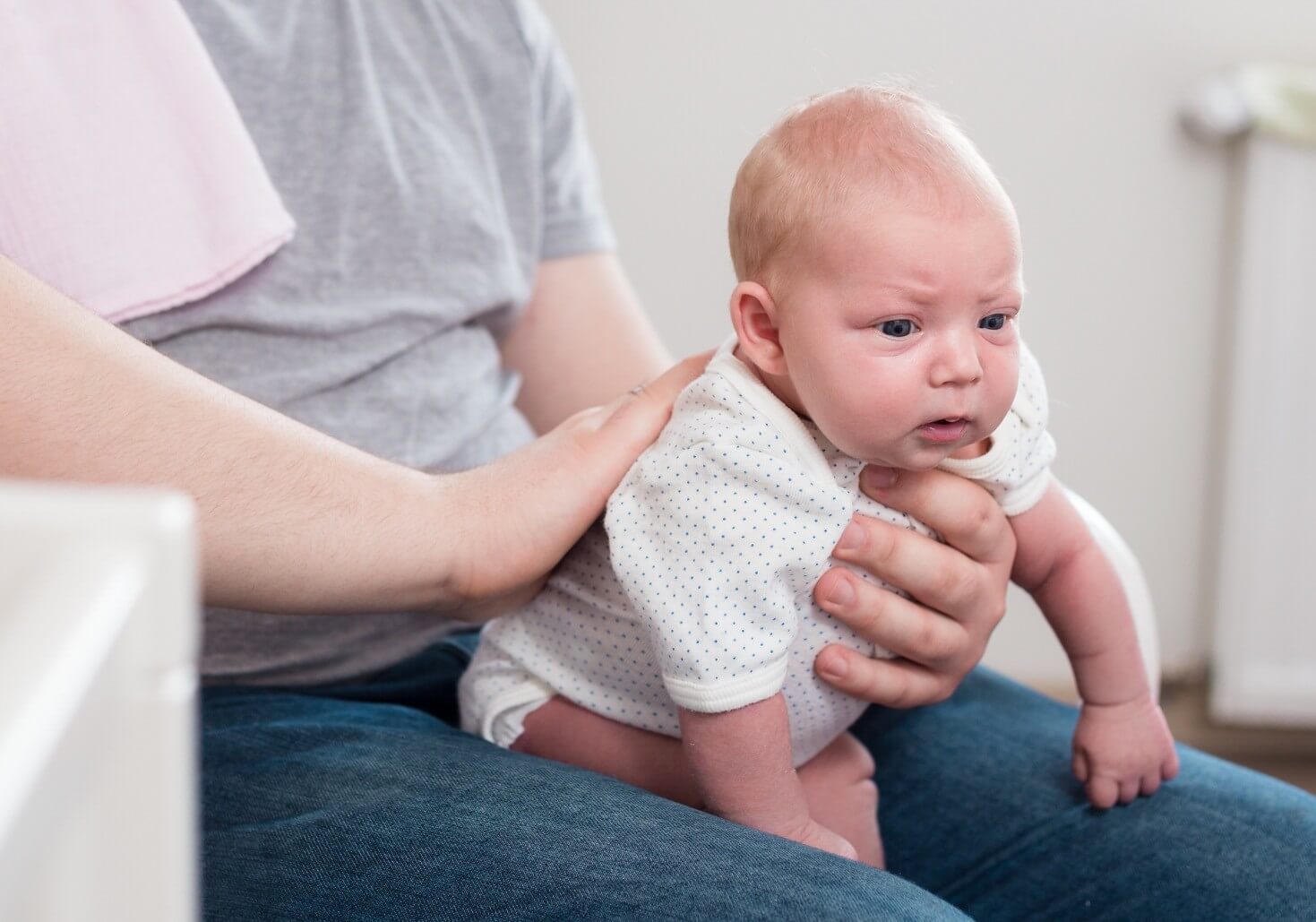Keep Your Baby Warm At Night
Here is everything you need to know about keeping your baby warm during cold nights.

How to Keep Your Baby Warm At Night?
It is one of the most searched problems for parents to keep their babies warm on colder nights. Babies are the most vulnerable to temperature changes because of their low body fat content. Their body loses that temperature just as quickly as they can absorb heat. This is why even if adults do not feel much of a change in temperature, babies are not able to maintain their body heat.
In summer it is easier to follow the safe sleep guidelines for your little one but the most difficult time for parents is the winter especially from 7 am to 7 pm since this is the time when the cold really settles in.
Babies require a lot of sleep to have a healthy mind and body growth so as a parent, you need to make sure that your bundle of joy is getting that sleep without any interruption. Honestly, when you become a parent, you would find it much more peaceful and less hectic when your baby is sleeping soundly so it’s a win-win situation for both!
Here, you will get to know the right temperature in which your baby can snuggle comfily, which season require which type of clothing and how to keep your baby warm at night in various different scenarios.
As you can tell, I will be covering a lot of aspects including giving advice and keeping in mind the regional differences as well so hopefully, this will be the one-stop article that gives you the answers to all your worries.
Babies and Safe Sleep - 101 Guide
Doctors recommend not to use a blanket or heavy clothing to keep your baby warm on colder nights. This is very sound logic since there lies a health hazard where a baby accidentally flips over or the blanket or the clothing ends up covering your baby’s face while your baby tries to turn to his or her sides which can cause suffocation leading to a tragedy a parent never wants to experience.
There are other guidelines as well which are not at all arbitrary yet contribute to your baby’s safe sleep. It has been estimated by AAP which is the Academy of American Paediatrics that their survey revealed the death of 3500 infants and the cause being related to sleep. SIDS or more commonly known as sudden infant death syndrome includes accidental strangulation, suffocation and deaths which has no scientific cause come under this survey.
These deaths are definitely very heart-breaking and you need to know the ways to prevent it from happening to your baby. I’ll be providing you with the safe sleep guidelines issued by AAP so you can reduce the impending risk.
- Till your kid turns 1 year old, put your little one to sleep on his/her back.
- If your baby is a newborn then for the first 4 to 5 months, it is best to make them sleep on a solid, firm plain surface instead of going for the softer ones.
- There are cribs, co-sleepers, and bassinets that are safety-approved, so get them for extra protection. It is best not to go for the old / hand-me-downs.
- The sheets have to be perfectly fitted so that it doesn’t bundle up in any place. For the 1 year, you should only use a plain sheet and nothing else. Even pillows or blankets are labelled as unsafe.
- It is fine if you are letting your little one play with toys and stuffed animals in bed while you are supervising carefully. However, do not let them go to sleep with the toys unsupervised.
- Be very careful not to have any positioners, crib bumpers or wedges.
- Sofa, couch, seats, armchair, etc., are extremely unsafe for your baby to sleep so avoid putting your child to sleep anywhere but a safe surface such as a designated crib or bassinet.
- Do not put on a pile of clothes on your baby before they go to sleep and make sure to take measures so that your baby doesn’t get too hot.
- As we all know, breastfeeding is a significant factor in making your baby strong inside and out so breastfeeding is heavily recommended by not only the AAP not also by doctors all around the world. It also helps build immunity against SIDS.
- Drugs, alcohol, and smoking should be avoided at all costs near your baby and this point is pretty self-explanatory.
- Immunization and routine check-ups help in keeping your baby healthy which lets them have a healthy sleep so keep a track of these and don’t miss anything.
- Pacifier is another thing that helps prevent SIDS.
Bed-sharing and Co-Sleep - What you need to know?
Do not let your baby sleep alone in the first 6 months of their newborn life. Instead, just make space in the same room as you so that you can easily check up on your little one. Most parents prefer to continue this arrangement for 1 year at the least.
You can buy a crib, bassinet or co-sleeper bed to accommodate your baby’s sleeping space. If your baby falls asleep while you’re breastfeeding in your bed or in your couch then put them in their crib/bassinet. If you prefer to nurse your baby on the bed then make sure you discard all the pillows, blankets and toys beforehand so if your baby by chance falls asleep along with you, the risk gets lower.
For napping, the bed is better than your armchair or sofa. However, these recommendations are for rare occasions only, for the most part, you need to make sure your baby sleeps in their designated safety-proofed place.
Is my Baby warm/cold enough at night - How to Know?
How much space is available at your home is another key consideration while shopping for your baby. Large closets, relaxing gliders, and free-standing bookshelves may sound nice but probably it is not possible for them to fit in a small room.
Keep it in mind while adding stuff and gear to the baby registry. If you do not have much space in your home, you may consider a small crib and other useful nursery items for your baby’s room decor.
Baby Shower
It is very simple since all you need to do is touch the back of their neck or their baby for their body temperature. If you feel they are sweaty then obviously they are feeling too hot. The arms and legs of your little one will remain cooler than the rest of their body so checking the temperature in the core points on their body is necessary for knowing if your baby is comfortable or not.
If you do not feel much temperature, then your baby is probably slightly cold. However, a slightly cold environment can provide a good night’s sleep so no need to take action unless your baby actually feels cool to touch.
You can check if you yourself are feeling cold or not so according to that you can determine whether your baby is cold or hot. It is a bit more difficult for you to cool your baby down than it is to warm them up since all you need to do to make your baby warm is to add extra layers of clothing.
Footie pyjamas and swaddles are the common options parents go for in the beginning. You need to keep an eye out for the rating of the garment’s TOG if you are going to use a swaddle or a sleep-sack. TOG is used to let you know how warm the clothing will be and it is a standard measurement of the same. You can check for the TOG on the tags of the sleep-sacks as most good-quality companies put them on the tags.
For warmer nights, if you are living in an area that is extremely hot them getting a home thermostat to adjust the temperature would be a good option. Air conditioners keep the air in your house cool but you need to be attentive when the atmosphere gets a bit chilly.
For the most part, you won’t be having problems in the summertime but in winter only, you can expect some problems regarding keeping a comfortable temperature for your baby in your home. Climate control is not that reliable to make your baby warm so I suggest the make the bed of your baby with warmer layers.
Practice Safe Sleep Habits in Colder Times
Room Temperature
You need to be very careful on the colder nights because summertime isn’t really that much of a problem unless you live in an area that is extremely hot such as California or Texas. In winter, parents tend to make the mistake of overdressing their baby and while warm is comfortable, being hot is risky for your baby.
According to a study conducted by the U.S Department of Health and Human Services, during winter / colder times of the year the chances of SIDS increase. The reason behind this is not known but experts have come to the conclusion that it’s mostly because parents overdress their children which leads to overheating.
In general, you can keep the room temperature at a comfort level. This means if you are feeling comfortable in the thermostat settings in your house then chances are your baby is also comfortable in that temperature.
If you want exact numbers then in the normal geographical location where the atmosphere is not extreme, then 68 degrees Fahrenheit to 72 degrees Fahrenheit i.e. 20 degrees Celsius to 22 degrees Celsius. However, you have to keep adjusting the temperature during the hours of the day because you don’t want your baby to feel extremely cold or warm.
The changes in the atmosphere are very different from day to night so be careful about the temperature as night falls. This is why it is good to rely on your natural instincts. If you feel that the room is chilly then your baby might be feeling the same.
If you are not sure about the temperature arrangements, you can always go to your paediatrician for help since they have way more experience in this topic and know you personally.
How to Dress Your Baby in Winter/Colder nights Safely?
To help your baby stay warm at night, you have to create a safe sleep environment and be prepared for chilly nights. One of the major concerns regarding SIDS is overheating so make sure that your baby is not getting overheated.
Since blankets as well as other loose objects are marked as a health hazard for babies, you need to exclude them while considering an appropriate dress for your little one. There are many onesies that are made out of breathable material. You can purchase one of those or there are several other ways to keep your baby warm at night while not jeopardizing his/her safety.
Here also, you may trust your own instincts, if you find it comforting to wear a pyjama at night and feel that it is sufficient for you to stay warm then your baby most likely would have a similar feeling.
However, doctors do recommend slightly warmer clothes but remember not to go overboard with this. To be exact, you can dress your baby only one layer extra than what you are going to wear. So if you are wearing one layer of clothing such as a pyjama or nightgown to stay warm then you can put on a total of 2 layers of clothing on your baby to make them stay warm since they do not have a blanket.
Also, keep in mind when dressing your baby, you need dresses that can be easily removed. We are talking about newborns here so they will poop and pee quite often. You need to remove the diapers as swiftly and effectively as you can. So choose clothes according to that. Another factor is during the night, the temperature can fluctuate which is why easy-to-remove clothes are much more handy and efficient.
Here are a couple more suggestions to keep your baby warm on the colder nights:
- Purchase only the breathable and warm materials for your baby’s clothing.
- Get separate clothes for summer and winter. During winter, the clothes should be winter-proof.
- You need to check your baby’s temperature from time to time to make sure that he or she is not freezing cold or burning hot.
Why is my Baby’s Face Cold at Night and How to Keep it Warm?
Since your baby’s body will be covered, it will be much warmer than their cheeks so when you are doing the touch test, don’t be alarmed to feel the much colder cheeks of your baby. In such cases, do check for the core temperature to get an accurate idea of how your baby is feeling.
If you want to determine white noise by incorporating a fan in your baby’s room, you need to be careful of the placement of your baby’s crib and make sure that the air isn’t directly hitting your little one’s face. This will contribute to the coolness of your baby’s face as well as any other exposed skin.
If your baby’s face is the only place that is cold and the other body parts have normal temperature then you don’t need to do any adjustments to the clothing or the temperature. Never use a hat on your baby when they are sleeping because it can be a suffocation risk.
Swaddles
Swaddling is a great method to make your baby fall asleep faster as well as make their body warm. AAP also recommends swaddling as it has many benefits such as making your baby feel safer and cozier and also reminding them of their feelings when they were in the womb. However please be extra careful when you’re swaddling your baby.
Do tighten the swaddle around your little one’s hips and he or she should be able to properly breathe while getting swaddled. On the swaddle, lie your baby on his or her back and never on the side.
In case you are wondering when you should stop swaddling your baby then it is when your baby is able to roll over which generally happens after 2 to 4 months.
Sleep Sacks
Since swaddle restricts some of the free movements of your baby’s hands and legs, not all children would be fond of it. If your baby is one of them, you can go for a sleep sack instead. It enables more hand movement while giving access to a comfortable self-soothing sleep experience. They also have a layer to keep your baby warm despite the fact that they’re looser.
The sleep sack is something AAP also recommends since the material is more breathable yet holds the temperature well enough. There is a zipper at the bottom of the sleep sack so you can have easy access while changing diapers.
Blankets and Bedding
Blankets are a big no-no when it comes to your baby’s safety. Do not use pillows, blankets, covers or any other bedding materials as they can be a safety hazard for your little one. AAP lists out a few materials that should be avoided at all costs which are – Quilts, Blankets, Comforters, Toys, Pillows, Sheepskins, Sleep wedges as well as Sleep positioners, Crib bumpers and any type of object that you can attach to the crib sides or slats.
Entanglement, suffocation, entrapment — all these are a possibility with the products mentioned above. This is why all you need to make your baby warm at colder times is a plain surface or fitted bedsheets and possibly a swaddle/sleep sack or a wearable blanket.
Ways to keep your baby warm at night without a Blanket or a Swaddle
As I have said before, if you are not using a swaddle or a blanket then the most simple way to make your baby warm is to add extra layers of clothing footie pyjamas are quite good at making the temperature hot. Onesie is also good and other than these you can go for socks and long sleeve tops, leggings and other similar clothes like that.
When is It Okay to Start Using Blankets And Pillows
All the process of keeping your baby safe and warm and constantly worrying about adjusting the temperature so your baby doesn’t get too hot or too cold. Now, as a parent, it is a comprehensible concern to wonder when these steps will be over and you will be able to tuck your little one into his or her bed with a real blanket.
The AAP has declared that it is best to wait for the first year to be over which means after 12 months according to your child’s growth and behaviour you may or may not shift their usual sleeping arrangements with utmost care and safety.
The blankets which you will be giving to your toddler have to be made out of breathable material and the size should be relatively small so that the possibility of entanglement is lower. If the blankets have decorative ribbons or loose strings falling out then do not give it to your toddler.
Make sure the number of toys and pillows you are granting your baby is minimal because otherwise, it can evade the sleeping space of your bundle of joy making their sleep uncomfortable which in some cases makes them wake up. In this matter taking advice from your paediatrician is recommended.
Conclusion
I’m sure that there are still many doubts gnawing in your mind and it is normal. Sometimes these set rules seem a bit much and unnecessary. Sometimes family members assure you that they also raised children without involving such safety details and that worked just fine.
However, every situation varies and with such differences, methods also vary. In these cases, I would recommend you to have a detailed discussion with your paediatrician and explain the worries and questions. Once you sort out the answers it’ll seem much easier.
These times pass by fairly quickly and though it seems hard and all you can think about for the moment, trust that your worries will keep shifting from one thing to another. It’s part of what being a parent feels like, the constant need to protect your little one and provide a safer environment to grow up in.
Right now, your duty is to keep yourself educated on these methods and practices so that you can incorporate them into the day-to-day life of your baby.
More For You!
Game On Mommy
© Copyright 2023 by Gameonmommy.com. All rights reserved. We are a participant in the Amazon Services LLC Associates Program, an affiliate advertising program designed to provide a means for us to earn fees by linking to Amazon.com and affiliated sites.

